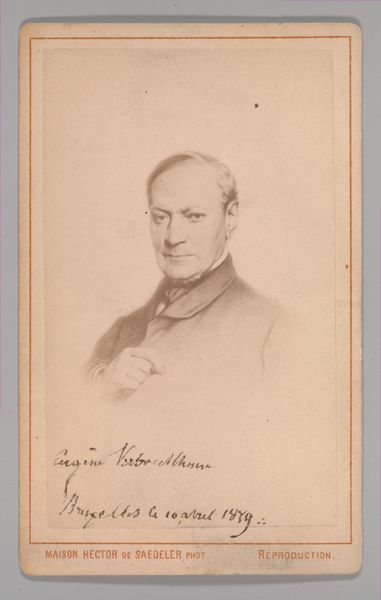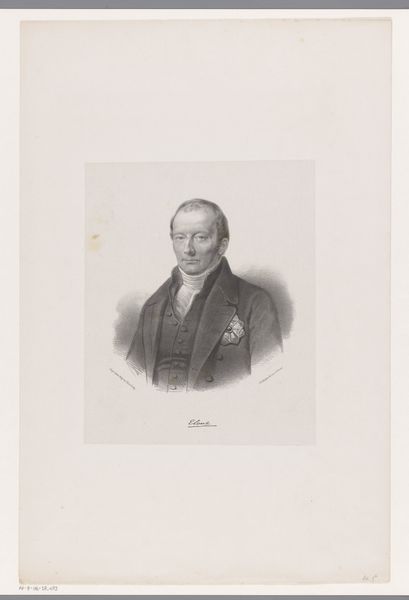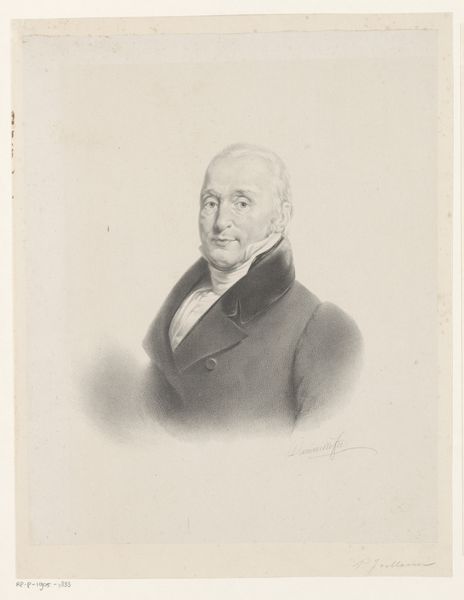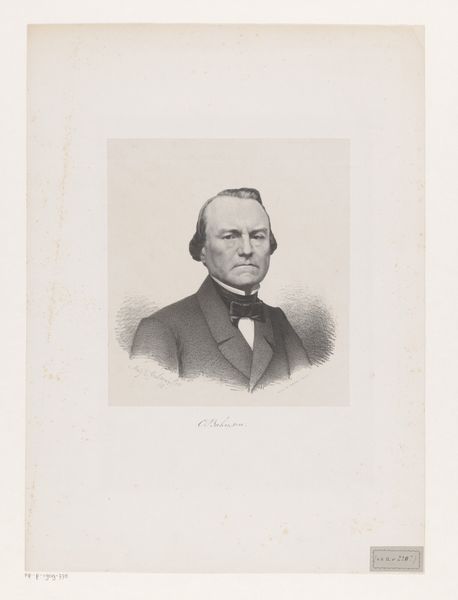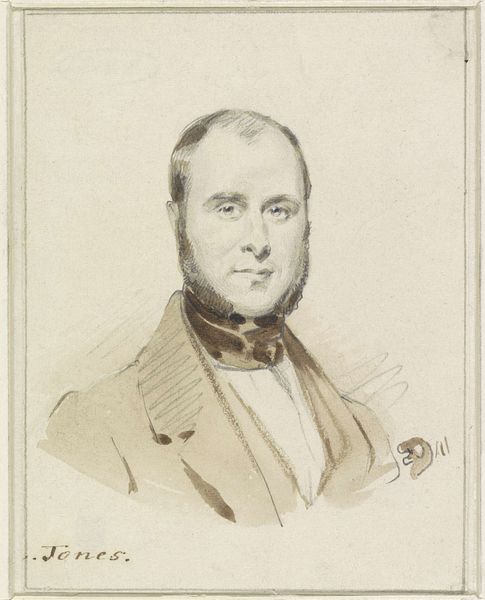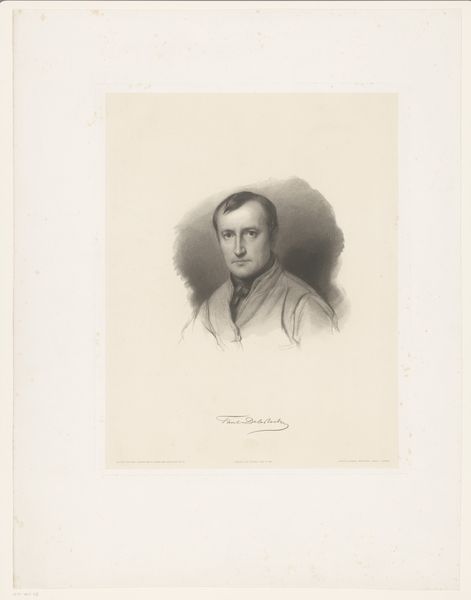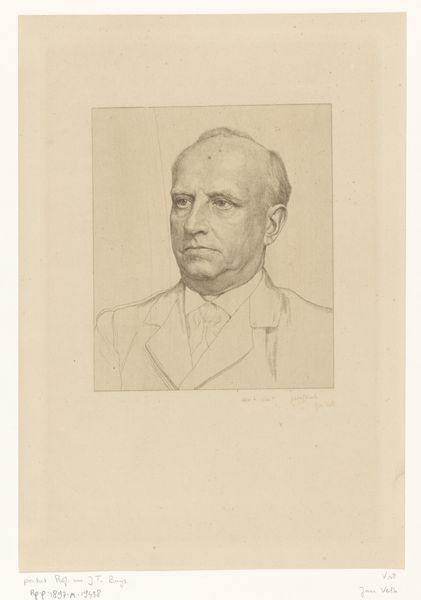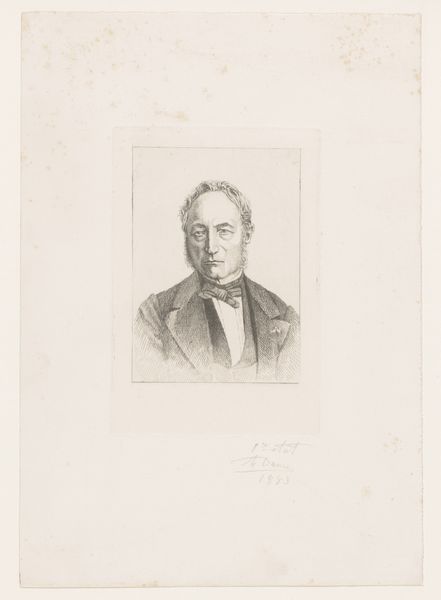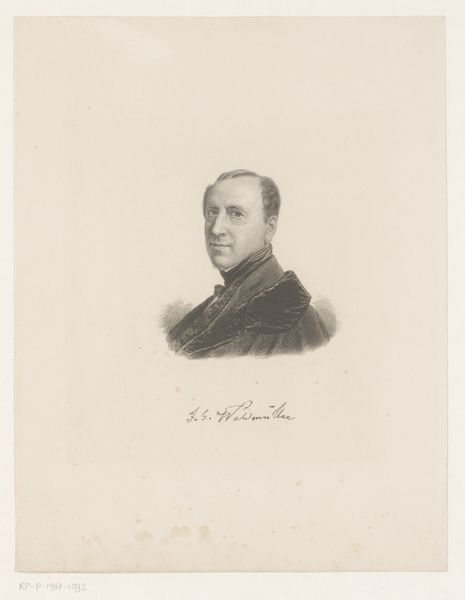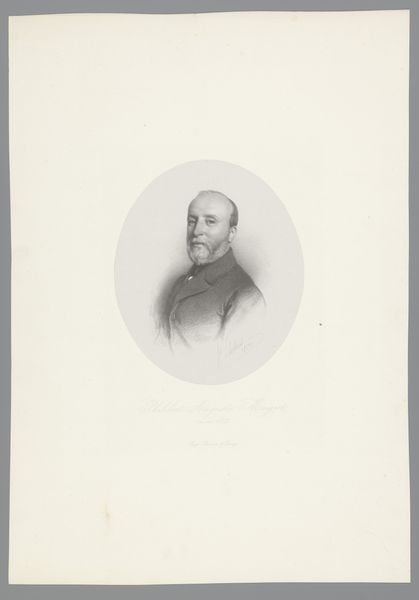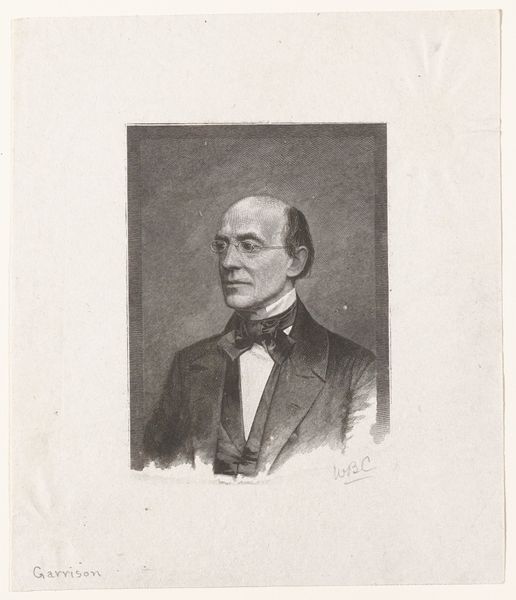
graphite
#
portrait
#
16_19th-century
#
pencil drawing
#
graphite
#
animal drawing portrait
#
academic-art
#
realism
Copyright: Rijks Museum: Open Domain
Editor: So here we have a graphite drawing, "Portret in ovaal van Eugène Verboeckhoven," made in 1866. It feels very formal, almost like a photograph, but with the delicate touch of hand-drawn lines. What do you see in how it's made that speaks to its time? Curator: As a materialist, I'm immediately drawn to the use of graphite. Consider the societal role of graphite in 1866. Pencils had become a mass-produced item, transitioning from a luxury good, transforming how people created art, but more broadly impacted clerical and artistic labor. Editor: That's interesting! I hadn't thought about pencils as mass-produced yet. Curator: Exactly. Think of the layers of production, from the mining of graphite to its shaping, to its distribution. How does the *accessibility* of the pencil influence both the *creation* of such portraiture and who could *consume* images such as these? Was graphite chosen because it's economical compared to oils? Or to reference mass-production and the advent of print culture? Editor: I guess that makes sense. It connects the elite subject with increasingly democratic modes of representation. Curator: Precisely! The “realism” isn’t just about how it looks; it’s tied to how it was made and circulated in society. The materiality impacts our reading of its cultural purpose, blurring boundaries of high art with material access. Editor: I’m definitely seeing how looking at materials changes everything. Curator: Material matters always offer avenues of thinking more concretely and broadly!
Comments
No comments
Be the first to comment and join the conversation on the ultimate creative platform.

